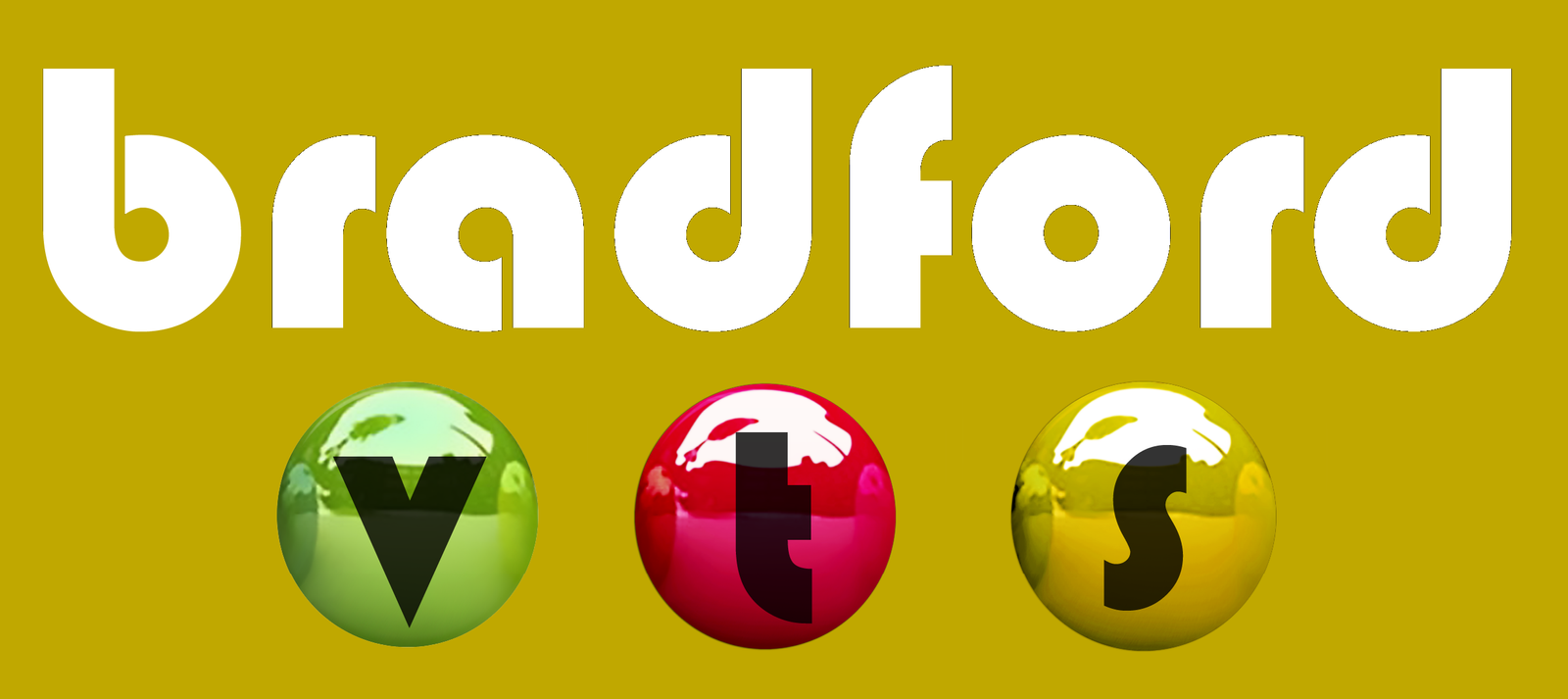Bradford VTS Online Resources:
Equality & Diversity
DOWNLOADS
path: Click on a folder for specific resources…
The 9 Protected Characteristics
It is against the law to discriminate against someone because of:
- age
- disability
- gender reassignment
- marriage and civil partnership
- pregnancy and maternity
- race
- religion or belief
- sex
- sexual orientation
These are called protected characteristics. You are protected under the Equality Act 2010 from these types of discrimination. All GP Trainees should be familiar withe the Equality Act. (see web link above)
The content of this webpage has been derived from a presentation on Race and Racism by Professor Vini Lander, Leeds Becketts University. Vini Lander is Professor of Race and Education and Director of the Centre for Race, Education and Decoloniality in the Carnegie School of Education.
Click here to read more about her.
Our children are unconsciously trained into our social heirarchies.
Don’t think for one second that our children are blind to colour and race.
Notions of deficit
The deficit theory of education in times gone by argued that students who differed from the “norm” in a significant way should be considered deficient or “less than” their peers from dominant groups – race, class, gender, ability. It argued that the purpose of education was to correct these “deficiencies”. For example, by the age of 5, Black children living in poverty will be one year behind their wealthy counterparts in terms of their vocabulary – this is a position of deficit.
It may still linger with some educators – for example, the low expectations of students with colour or IMGs?
Unconscious bias
This is about the individual, not the institution. “unconscious biases are ‘habits of mind’ learned over time through repeated personal experiences and cultural socialisation, they are highly resistant to change”. (Burgess et al, 2007). We gravitate towards people like us (Boliver, 2016). “…. even consciously egalitarian people may hold negative ethnic and racial stereotypes and attitudes of which they may not be fully conscious” (Burgess et al, 2007). As a result, unintentional bias may be just as adverse in its effects as overt bias.
How to challenge hate in our media
Some UK publications are using hateful content to generate sensationalist stories, increase sales and push social division. Advertisers are a major part of their business model, providing up to half of many companies’ revenues. The Ethical Consumer along with with Stop Funding Hate are launching a new set of guides showing how you can help stop the hate in our media.
With hate crime on the rise in the UK, we can make hate unprofitable by persuading advertisers to pull their support from these publications. These new guides suggest six easy steps to start challenging hate. We ask what is hate speech, discuss how to persuade advertisers to pull their funds and look at how to build your campaign and deal with online trolls. Just a handful – or even one – well-placed message can persuade an advertiser to pull its funding.
Learn more about #HowToStopHate now >
Share on social media via our website >
Stop Funding Hate
Stop Funding Hate launched in 2016. Since then, it has:
- Persuaded hundreds of advertisers to move their advertising budgets away from hateful media.
- Seen two national papers, with an average monthly reach of over 36 million people, review their approach to hate speech.
- Seen the number of anti-migrant front pages in the Daily Express fall from 70 in 2016 to 0 in 2018.

